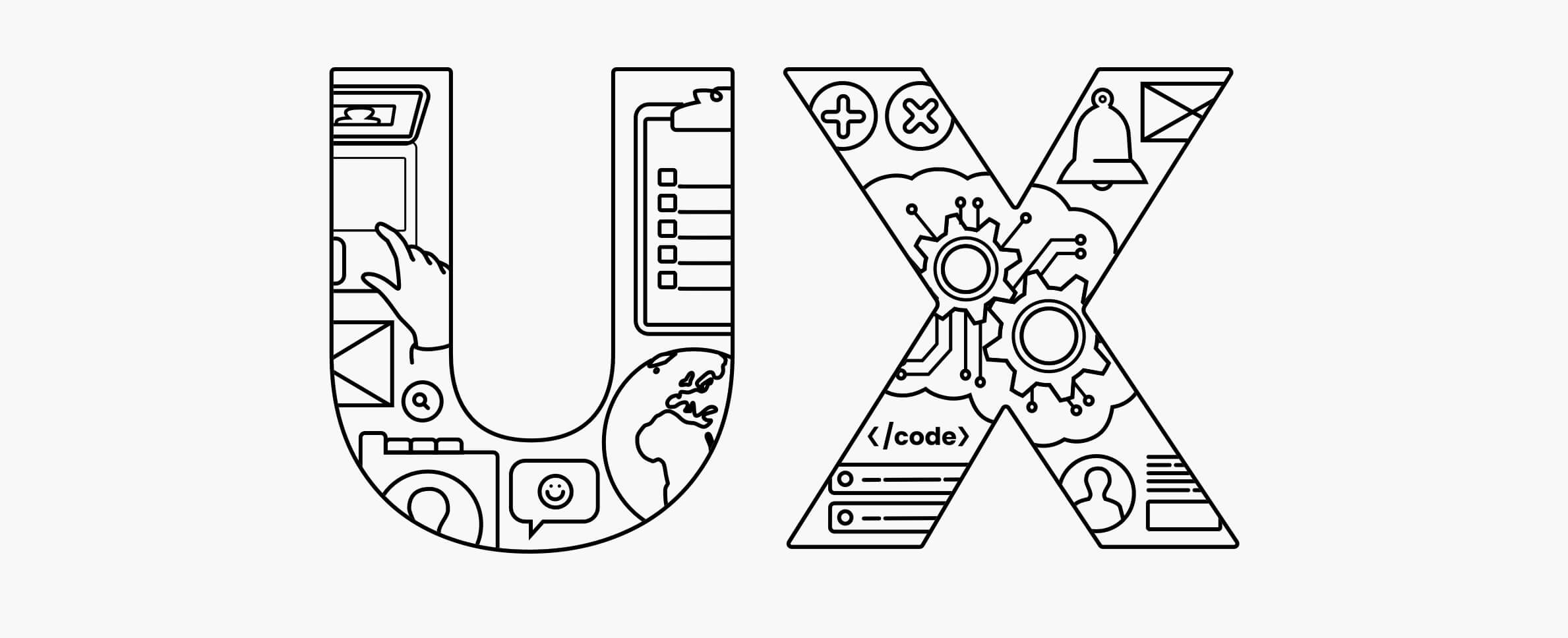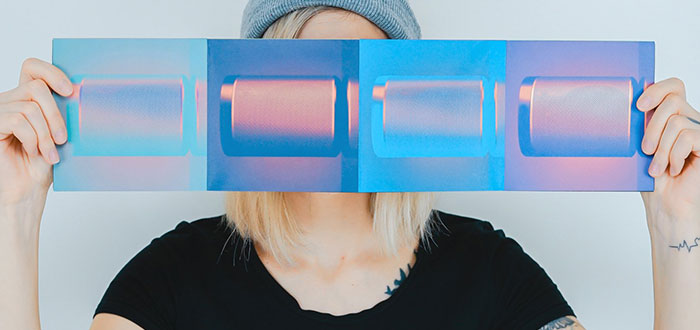Digital marketing has less of a ‘bad rep’ than more traditional marketing methods, which can be more intensive on our planet's resources. However, there are still a number of ways that digital marketing can be made more sustainable. It’s time to unearth what sustainable search and sustainable UX means.
Sustainable Search - Changing Your Daily Life
Google has dominated the search landscape for almost 20 years, although we’re starting to see some more search engines begin to take tiny chunks out of their market share.
These ‘new’ search engines usually have unique selling points (USP) alongside them and when Ecosia launched in 2009, they had just that. For those who don’t know what Ecosia is, it is a search engine that prides itself on being eco-friendly. They used to donate 80% of their profits from advertising revenue to tree-planting projects, however as of June 9, 2022, Ecosia became fully nonprofit, donating 100% of funds to support the planting of native tree species worldwide.
Ecosia’s search has been powered by Microsoft Bing, meaning the search results that are returned are of high quality. In 2021, Ecosia handled 0.4% of European search requests, behind DuckDuckGo's 0.5%, Bing's 2.9%, and Google's 93.2%.
Not only is Ecosia now fully nonprofit but it also prides itself on privacy – another key selling point offered by fellow competitor DuckDuckGo. According to Ecosia’s blog “it isn't powered by 100% but 200% renewable energy. We are not just producing enough solar energy to power all of our searches with renewables, but twice as much. Ecosia isn’t carbon neutral, but carbon negative, i.e. “we remove much more CO2 than we emit, thanks to the trees we plant and protect”.
Not sure about Ecosia? Well there are other sustainable search engines to choose from, including OceanHero or Ekoru. As we said, big change starts small, so try it out and let us know your thoughts!
Sustainable UX - Optimising your website
For those unfamiliar with the term UX, it stands for ‘user experience’. It was coined by Don Norman in the 1990s. Norman highlighted “user experience encompasses all aspects of the end-user’s interaction with the company, its services, and its products.”
The principles of UX are all around us, everything we use has at one point or another been iterated on to make sure it has the best possible design to suit our needs. The chair you’re sitting on right now will have had people thinking about how the user (you) experiences it. A more comfortable chair after all is much more likely to lead to a conversion of someone buying it!
This is similar in the digital design world too. For example, when building websites we want to make them easy for the user to navigate, use and ultimately convert.
There is a lot to UX design and multiple ways it can be integrated, however we’re focusing on a relatively new element of UX design, which is sustainable UX.
Put simply, the need for sustainable UX came from under optimised websites using more energy. The BBC highlighted that our gadgets, the internet and the systems supporting them account for about 3.7% of global greenhouse emissions. Everytime we conduct a Google search or navigate around a website, we are using energy to do so. So if the process is convoluted or difficult, more energy is used.
Starting to think about sustainable UX is relatively easy as optimising your site can be done in a number of ways. Remember big change starts small. Here are a few questions you should be asking yourself or those that manage your site:
- Are my image sizes optimised? Smaller images cut down on data usage and also helps to increase site speed – win win.
- How many clicks does it take for a user to convert? Whether that’s an enquiry or purchase, or test removing steps that are redundant. This will help to increase the likelihood of that conversion too.
- Does my site have unnecessary pages? Remove these to stop users visiting these pages. It could also help if you’ve got any keyword cannibalisation going on too.
- Can I reduce the file size of web pages or downloads? Again, this will lead to a quicker site experience for the user and less data usage.
Sustainable UX is constantly evolving as we learn more about how to make websites and storage ‘greener’. For example, did you know that blue pixels use around 25% more energy than green or red pixels? There are also data centres that run from renewable energy sources, so you could also look to switch your server hosting, online storage, backup, and cloud computing to a greener future too.
If you’d like to know more about how sustainable UX could be implemented in your business or would like to know more about making implementing a greener digital marketing strategy get in touch with us today.

